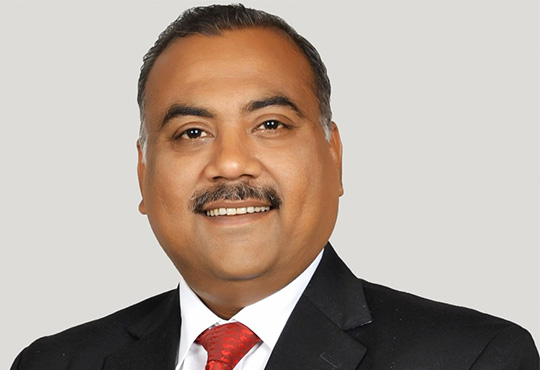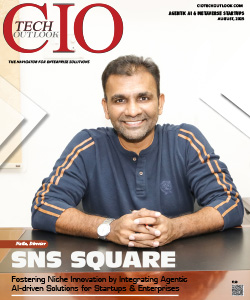India's Digital Future and the Energy powering it
Vikas Srivastava, Director-Product Management, Product Development/Engineering, Vertiv
 India’s data center industry is experiencing an unprecedented growth trajectory, driven by rapid digitalization, the rollout of 5G networks, AI adoption, and increasing cloud demand. Industry forecasts estimate that the country’s data center capacity will rise from around 1.4 gigawatts today to over 9 gigawatts by 2030. This surge translates into data centers potentially consuming roughly 3% of India’s total electricity by that year, up from less than 1% currently. Expanding hyperscale and colocation facilities in metro cities like Mumbai, Bengaluru, Chennai, and Delhi, alongside rising secondary hubs in tier 2 and 3 cities, underline the vast scale and geographic diversification of this growth.
India’s data center industry is experiencing an unprecedented growth trajectory, driven by rapid digitalization, the rollout of 5G networks, AI adoption, and increasing cloud demand. Industry forecasts estimate that the country’s data center capacity will rise from around 1.4 gigawatts today to over 9 gigawatts by 2030. This surge translates into data centers potentially consuming roughly 3% of India’s total electricity by that year, up from less than 1% currently. Expanding hyperscale and colocation facilities in metro cities like Mumbai, Bengaluru, Chennai, and Delhi, alongside rising secondary hubs in tier 2 and 3 cities, underline the vast scale and geographic diversification of this growth.
Power Infrastructure Challenges Unique to the Digital Era
Data centers require uninterrupted, high-quality power that traditional grids, especially beyond metropolitan areas, often struggle to provide. Frequent outages, voltage instability, and limited grid capacity plague many emerging digital hubs in smaller cities and rural areas. Moreover, the scale of power demand from mega data centers rivals that of large industrial operations, placing additional strain on local utilities and transmission infrastructures. Maintaining uptime for critical digital services requires a fundamental rethink of power supply, distribution, and resilience strategies tailored to these demanding environments.
Decentralized, Intelligent Power Ecosystems as the Future
To address these challenges, the industry should pivot toward self-sustained power ecosystems. This entails integrating microgrids, hybrid energy sources including renewables augmented by battery energy storage systems, and real-time power optimization technologies. Decentralized power distribution architectures reduce dependency on unstable grids, enabling edge locations such as rural data nodes, telecom towers, and smart factories to operate autonomously with high reliability. Intelligent infrastructure monitoring and AI-driven energy management can further optimize load distribution, predictive maintenance, and increase energy efficiency across interconnected digital sites.
Sustainability and Policy Enablement
India’s ambitious renewable energy targets aim for 500 gigawatts of renewable capacity by 2030, and government incentives such as data center policies and production-linked incentives are catalyzing the integration of green power into digital infrastructure. Operators are increasingly leveraging rooftop solar, wind power, and advanced cooling technologies to reduce carbon footprints. Notably, energy storage initiatives backed by viability gap funding have accelerated battery storage adoption, crucial for bridging supply-demand gaps and mitigating renewables’ intermittency.
Strategic Enterprise Investment and Advanced Solutions
While policy frameworks set the stage, private sector leadership is paramount. Investors and operators are scaling infrastructure with modular, scalable power units capable of operating in extreme ambient conditions prevalent across India. Technologies such as high-efficiency uninterruptible power supplies, AI-based monitoring platforms, and hybrid grid-storage combinations ensure consistent power quality and resilience. These advancements also embrace operational flexibility, allowing data centers to dynamically adjust to fluctuations in demand and supply, reducing total cost of ownership and sustainability risk.
The symbiotic growth of India’s digital economy and power infrastructure faces complex challenges requiring innovative, integrated approaches. Developing decentralized, intelligent, and green power systems tailored to the evolving needs of data centers, supported by proactive investment and enabling policies, will be critical. Successfully navigating these challenges will ensure India’s digital ecosystems remain robust and adaptive, securing its place as a global technology powerhouse in the decade ahead.




.jpg)